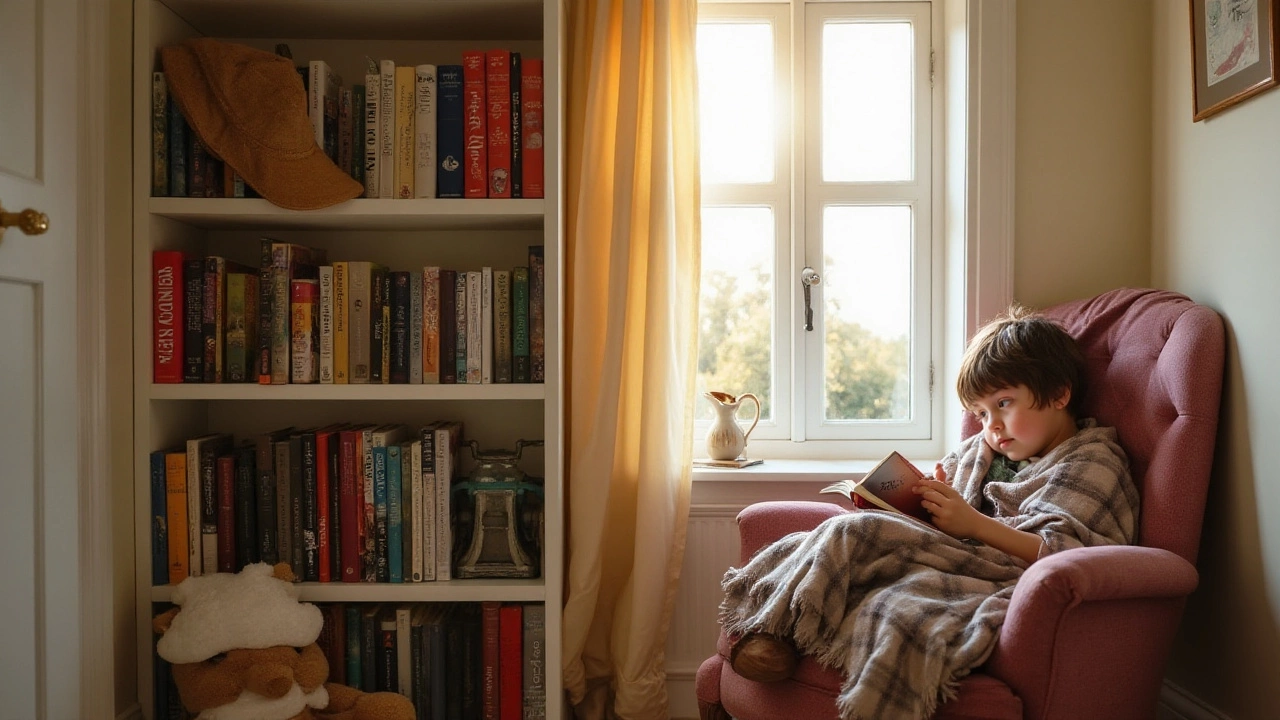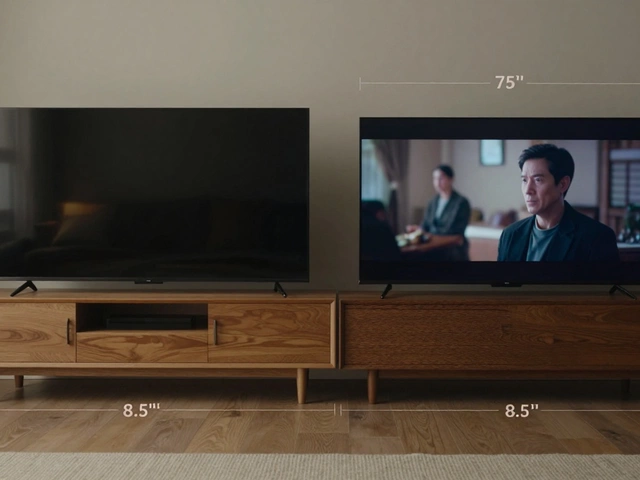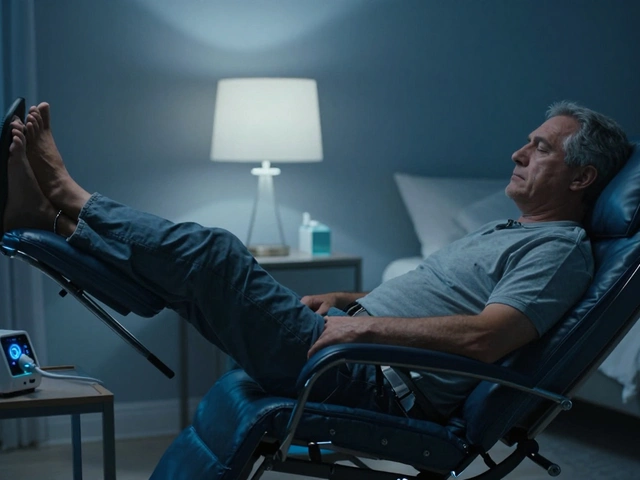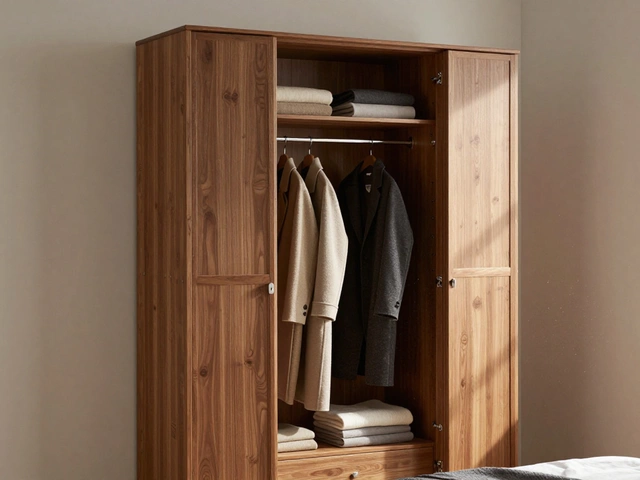Fitting a bookcase in a small bedroom might seem like solving a jigsaw puzzle with too many pieces. But fear not, as making the most of limited space can also be a chance to let your creativity shine. You can transform a cramped corner into a library sanctuary or an unobtrusive wall into a gallery of your favorite reads.
The trick is to think vertically, multifunctionally, and strategically. Whether you are a bookworm with countless novels or someone who just needs a spot for a cherished few, careful consideration of your available space can make all the difference. Let’s dive into the world of imaginative solutions and explore how your bookcase can be both a practical and visually appealing addition to your cozy bedroom.
- Understand Your Room Layout
- Vertical Space Utilization
- Multi-Functional Bookcase Ideas
- Creative Positioning for Aesthetics
Understand Your Room Layout
When it comes to integrating a bookcase into a small bedroom, understanding the layout is your first step towards success. Begin by examining the dimensions of your room, including the height, width, and length. Focus on areas that are underutilized or feel empty. Consider how your furniture, such as a bed or a desk, dictates the room flow and determine which space can accommodate a bookcase without compromising your movement or comfort. Respecting this flow is crucial for creating a harmonious environment where a bookcase placement feels natural and seamless.
Think about corners and spaces under windows, often overlooked as prime locations for a bookcase. Imagine the possibilities when you maximize these forgotten spots! Floor-to-ceiling bookcases can make stunning use of vertical space, offering an impressive library feel even in a compact area. Pay attention to window proportions, as a bookcase flanking a window can not only be practical but also enhance the visual appeal of your room. Measuring correctly can prevent common pitfalls, such as blocking natural light, which is vital in making a space feel larger and more inviting.
Another thing to ponder is your lifestyle and habits. Do you find yourself frequently reaching for a quick read before bed? Placing your bookcase near the bedside or incorporating it as a headboard can offer immediate access to your favorite bedtime reads. Should you opt for a subtle design, a bookcase integrated into the wall can create a sophisticated look that blends with the room's aesthetics, not to mention the added benefit of saving precious floor space!
Consider the room's color palette and natural light. Both can significantly influence the choice of bookcase. Lighter colored bookcases can create an illusion of space, while darker tones might add a cozy, dramatic feel but could engulf the room if not balanced properly. Ever heard the advice 'design with intent'? Picking the right hue and setting plays into this notion remarkably well.
In a small space, every detail matters. A tip shared by award-winning interior designer Nate Berkus suggests making use of customized furniture to fit peculiar spaces, such as irregular nooks.
"Your home should tell the story of who you are, and be a collection of what you love," says Berkus, implying that the design process is also an opportunity to inject personal flair and create a living space that resonates with your identity.Aim for a bookcase that complements your style—be it minimalist or rustic—and aligns with your room’s narrative. This attention to detail will make the bookcase feel like a natural extension of the room.
Lastly, remember the importance of accessibility. Regularly accessed bookcases should be reachable without hassle, while those accessed less frequently can be more creatively tucked away. Being strategic about your bookcase placement ensures not only a pleasing aesthetic but also practicality and comfort in your small bedroom. It’s not just about finding space; it’s about making that space work for you.
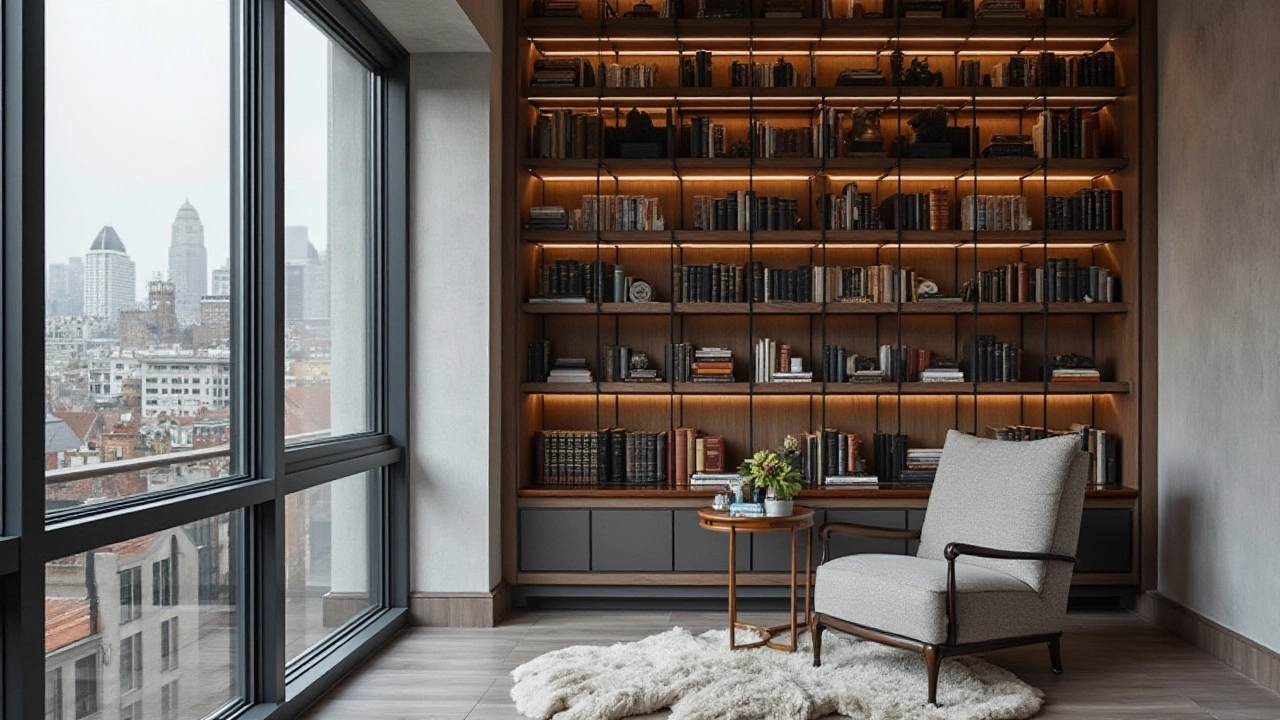
Vertical Space Utilization
When maximizing space in a small bedroom, vertical space becomes your best ally. Embracing the upward potential of your room allows you to conserve precious floor area while still accommodating a stylish and functional bookcase. Start by evaluating the height of your walls. If ceiling height permits, opt for taller bookcases that rise closer to the ceiling. This not only provides a larger capacity for storing your favorite collections but also draws the eyes upward, creating an illusion of openness and grandeur in a confined space. Opting for slim, tall designs can seamlessly integrate your bookcase placement without overwhelming the room.
An interesting fact is that floor-to-ceiling shelving doesn't just have to serve as a bookcase. It can also become a striking feature wall in your bedroom, bringing personality and vibrancy to the space. To achieve this, try alternating rows of books with decorative items like framed photos, plants, or curated souvenirs. This practice, often recommended by interior designers, breathes life into a room without cluttering it. As designer Abigail Ahern once said,
"The key to using vertical space well is to mix in decorative and functional elements that reflect your personality and style."This philosophy highlights how a small bedroom can turn into an intimate gallery that’s uniquely yours.
Don’t overlook the back of doors when it comes to vertical utilization. Adding a slim bookcase or shelving unit here can be surprisingly effective. While not as common, this placement works well for narrow items or paperback books. Adding hooks on the sides can provide extra utility for hanging lightweight accessories. In addition, considering the corners of your room is also wise. Corner shelving units capitalize on underused space efficiently and provide a cozy nook feel when placed beside a reading chair.
If you're worried about stability, wall-mounted bookcases offer an excellent compromise. Typically, these shelves are affixed to wall studs, providing a sturdy and safe storage option in a noticeably elevated manner. The lack of a floor footprint means that the space below can be used for other purposes, such as a standing desk or a small chest of drawers. Be mindful of spreading weight evenly across the shelves to avoid any bending or warping over time. With strategic vertical space utilization, you can achieve a harmonious balance between storage needs and visual appeal, making the most of your bedroom sanctuary.
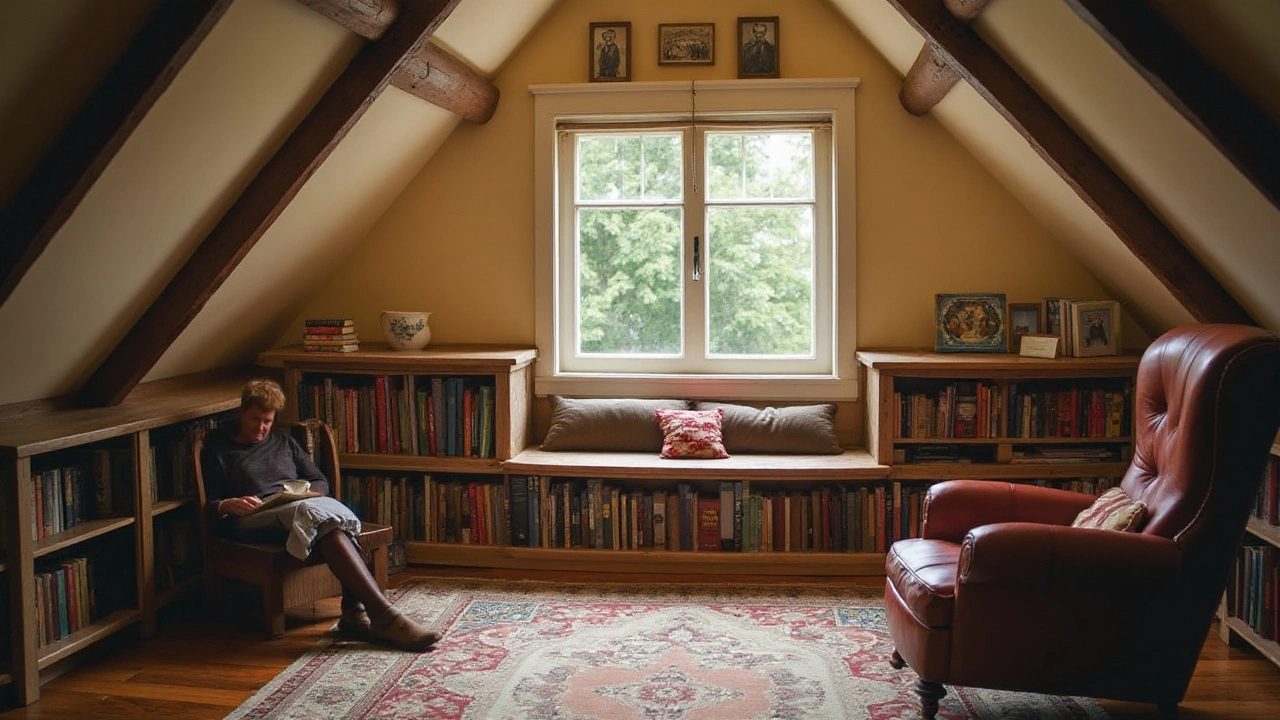
Multi-Functional Bookcase Ideas
In a small bedroom, efficiency is key, and opting for multi-functional bookcases can be a game-changer. When space is at a premium, every piece of furniture should serve more than one purpose. Bookcases that double as other functional pieces can help you optimize your space without sacrificing practicality or style. Imagine a bookcase that offers not just shelves for your beloved novels but also a desk space, turning your cozy nook into a productive working area. Such designs integrate seamlessly into your room, leaving it uncluttered and versatile.
Consider investing in a bookcase that incorporates a pull-out desk or a foldable tabletop. This clever use of space is ideal for students or remote workers who need a functional workstation without compromising on style. When closed, it maintains the room's neat appearance, and when opened, it provides a sturdy surface perfect for tackling a to-do list or organizing your small bedroom finishes.
Another innovative idea is the inclusion of a Murphy bed within the bookcase. A Murphy bed tucks away during the day, offering a clean and open space for other activities. The adjoining bookcase remains an accessible home for your book collection while doubling as a storage cabinet. Combining these elements does indeed turn the room into a dynamic living space, adaptable and visually appealing. In the words of William Morris, "Have nothing in your house that you do not know to be useful, or believe to be beautiful."
For every book lover, this philosophy holds true when it comes to styling living spaces with books. Embracing the beauty and functionality of your room can transform how you experience your beloved sanctuary.
For families with children, think about combining bookcase functionality with playful elements. Perhaps a bookshelf ladder that also serves as a play area, inviting young ones to explore both a world of stories and their own imagination. For optimal storage, install modular bookcases that can adapt as your child's needs grow, offering ample room for toys while maintaining an orderly display of their favorite books.
Finally, make sure your bookcase stands out by choosing colors and materials that complement the room's decor. Whether you opt for natural wood tones to foster a warm atmosphere or sleek metallic finishes for a modern touch, the key lies in balance. Add pops of color with decorative items like vases or artwork placed strategically on the shelves. Use background lighting to highlight your collections, creating a cozy and inviting book nook that you’ll love to spend time in. Multifunctional bookcases not only maximize limited space but also express your personal style and foster an environment where each book tells a tale beyond its pages.
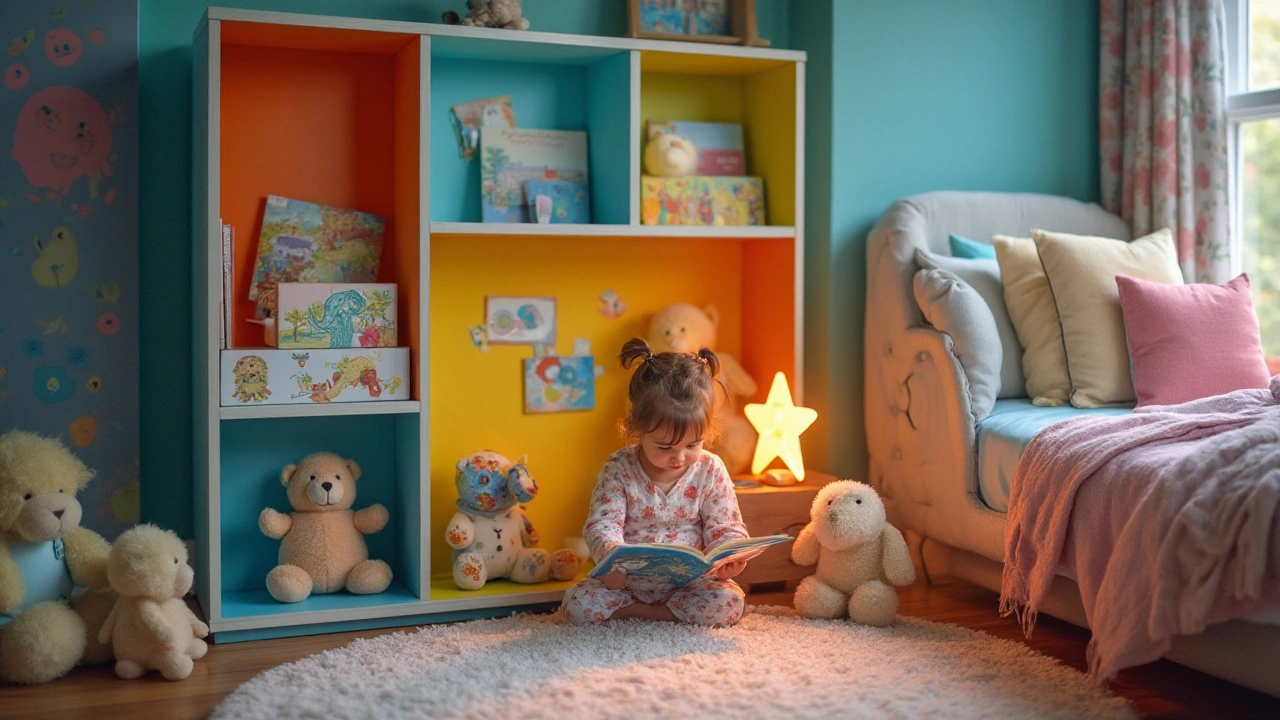
Creative Positioning for Aesthetics
When it comes to placing a bookcase in a small bedroom, creativity is key. It's not just about functionality; it's about turning your storage solution into a visual delight that complements the room's style. One effective strategy is to use narrow spaces that might typically go unnoticed. For instance, the area next to the door is often overlooked, but with a slender bookcase, it can become an enchanting display of your favorite titles. By leaning the bookcase slightly against the wall, you add a dynamic look while ensuring stability in tight quarters.
Another intriguing idea is to place a tall, narrow bookcase on either side of a window. This not only frames the natural light beautifully but also creates a balanced look in the room. The vertical lines draw the eye upward, giving the illusion of higher ceilings, which is a clever trick for small spaces. Ensure that the shelves near the window contain books with eye-catching spines or add some small decorative items to keep the aesthetic light and airy.
Consider the concept of a headboard bookcase. It's an innovative solution where the head of the bed incorporates bookshelves. This setup maximizes space and keeps your nighttime reads within arm's reach. By customizing it to match your bed’s width, you can maintain the flow of the room. You might choose an open-back design to allow light to pass through or pick a color that contrasts with your wall to make it pop.
Round bookcases or those with open sides can serve as focal points, drawing attention without feeling bulky. Their unique shape adds an artistic flair to the room. Coupling this approach with a stylish chair and a soft rug can create an inviting reading nook that feels separate yet cohesive within the bedroom. Remember that your choice of furniture arrangement can dramatically influence the room’s atmosphere and function.
"A room without books is like a body without a soul," noted philosopher Marcus Tullius Cicero. This sentiment holds, reminding us that our living spaces truly come alive with the right positioning of our literary collections.
For those willing to experiment with DIY, consider floating shelves arranged in an asymmetrical pattern. They offer both flexibility and a contemporary aesthetic. Such arrangements allow you to adapt to changing storage needs and curate a book display with a personal touch. Furthermore, placing plants between books adds an organic element, softening sharp lines and injecting color into your décor.
In some cases, portable or movable bookcases could be the solution. These allow for repositioning as needed, offering versatility and making cleaning a breeze. Think of them as dynamic additions that can shift in atmosphere as fast as your reading habits change. With casters attached, they can provide flexibility, and their mobility ensures that your small bedroom feels spacious regardless of their location.

